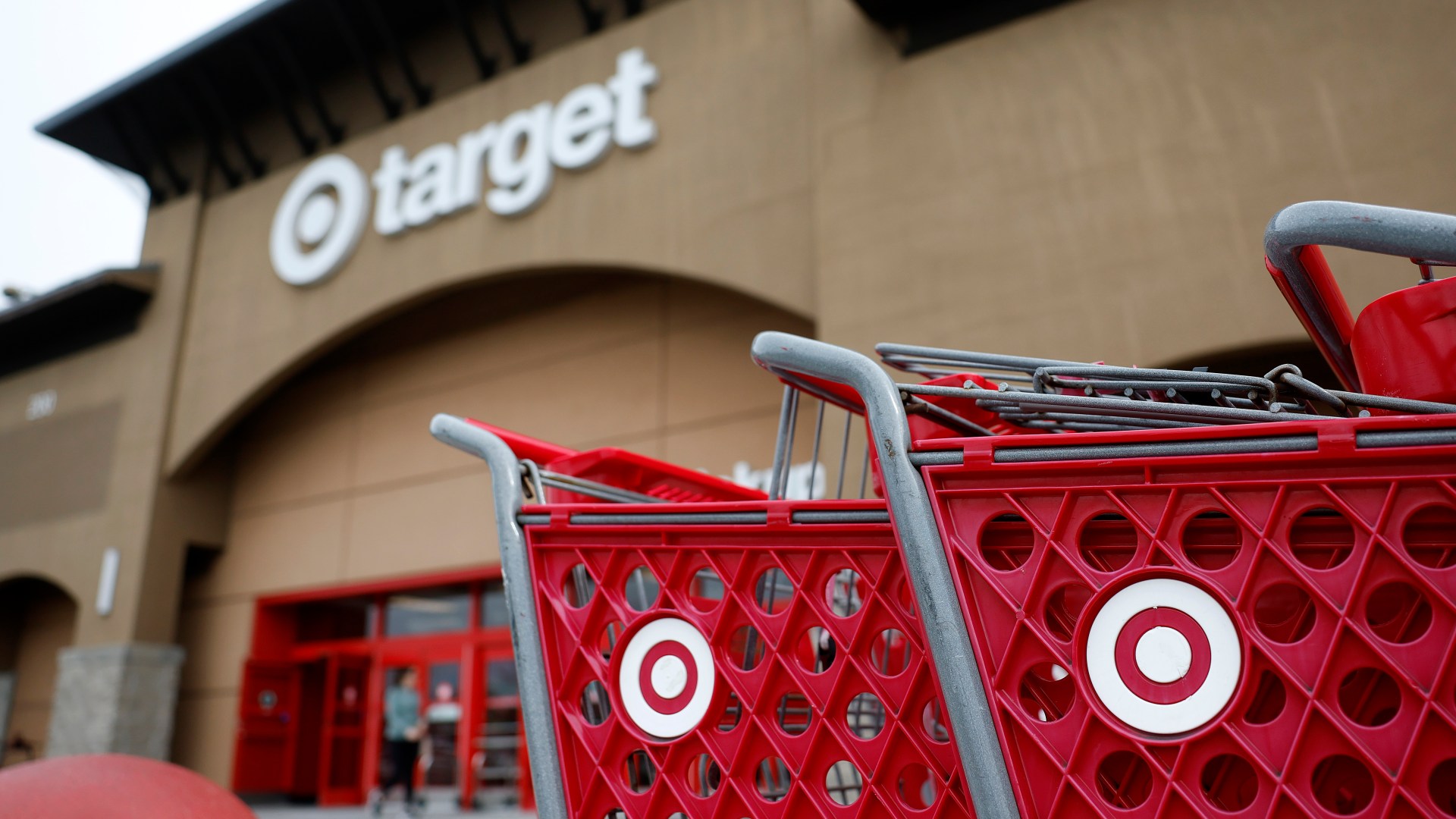15% of Consumers Remain Skeptical About Mobile Wallets: Analysis Reveals Insights

A recent analysis by PYMNTS Intelligence highlights that approximately 15% of consumers continue to be skeptical about mobile wallets. The report, titled “How the World Does Digital 2025: Pocket Revolution: How Mobile Wallets Are Changing Payments Worldwide,” offers a comprehensive look at digital payment habits across 11 countries that together account for half of global GDP.
The study reveals that mobile wallets are fundamentally altering how consumers transact both online and in-store, facilitating over one-third of online transactions and 21% of in-store purchases. This shift marks a significant change in payment methods, not just a transition in the technology underpinning these transactions.
Understanding Consumer Segments
The report categorizes consumers into four groups based on their engagement with mobile wallets. The largest group, the Persuadables, represents 39.3% of the population. They are comfortable using mobile wallets, especially for online purchases, but may switch payment methods depending on the situation. Following them are the Dabblers, who make up 27.9%. This group uses digital wallets occasionally, primarily out of necessity or curiosity, but has not fully integrated them into their daily routines.
Committed users, accounting for 18.3%, are digitally fluent individuals who prefer mobile wallets as their primary payment method. Lastly, the Skeptics, at 14.6%, remain resistant to adopting digital wallets, often favoring traditional payment methods.
The analysis shows that despite the growing adoption of mobile wallets, there is a notable disparity in usage based on the channel. Consumers are 50% more likely to use digital wallets for online purchases compared to in-store transactions. This indicates that physical point-of-sale environments still face challenges in integrating mobile payment solutions.
Demographic Insights and Regional Trends
When examining demographic predictors, the report notes that while income and geographic location are not significant factors in mobile wallet adoption, gender plays a role. Men demonstrate a higher likelihood of using digital wallets at 39%, compared to 34.2% for women. Additionally, employed individuals are more inclined to adopt these technologies, particularly those interested in financial technology apps and mobile banking.
The report also highlights the rise of local payment solutions, such as Pix in Brazil and iDEAL in the Netherlands, which are gaining market share alongside global brands like Apple Pay and Google Wallet. While PayPal remains a significant player in the digital payment landscape, it faces increasing competition from these localized solutions that align closely with consumer habits and infrastructure.
Adoption patterns vary significantly by region. For instance, Japan and Singapore lead in-store usage, driven by factors such as QR code integration and a strong trust in digital solutions. Conversely, countries like France and the United States experience slower growth, attributed to longstanding card habits and specific merchant strategies.
The analysis reveals that mobile wallet usage is evolving from a trend primarily driven by younger generations, such as Gen Z, to a cross-generational behavior change. Increased usage is now evident across millennials, Gen X, and even baby boomers, indicating that mobile payments are becoming an essential tool for everyday transactions.
As the report suggests, industry players should focus on delivering clear consumer value, adapting to local preferences, and creating intuitive, secure experiences that resonate with a broad audience. With mobile payments becoming increasingly integral to daily spending, understanding consumer behavior will be crucial for businesses aiming to thrive in this evolving landscape.






